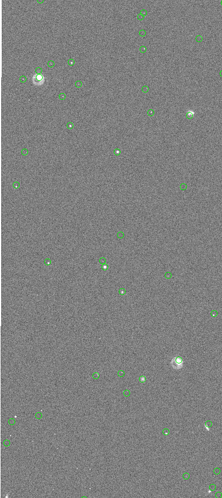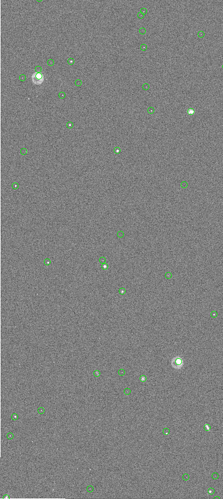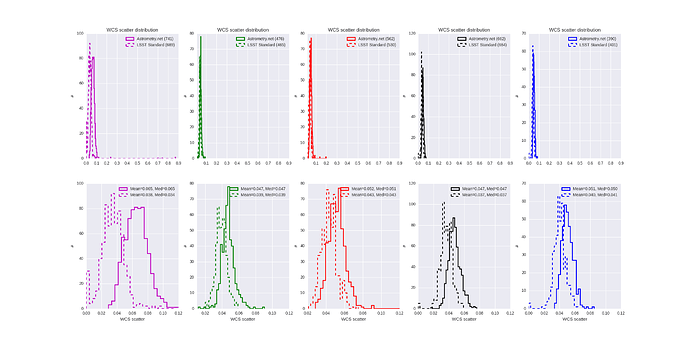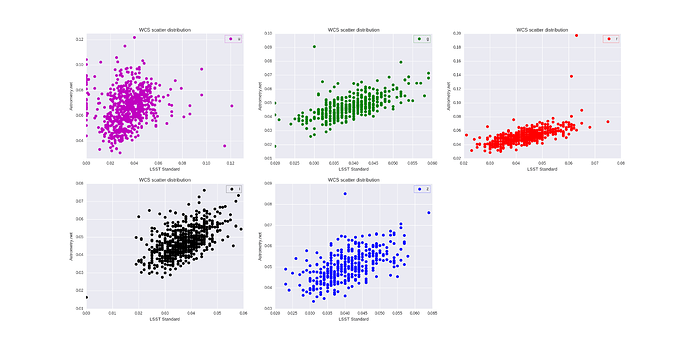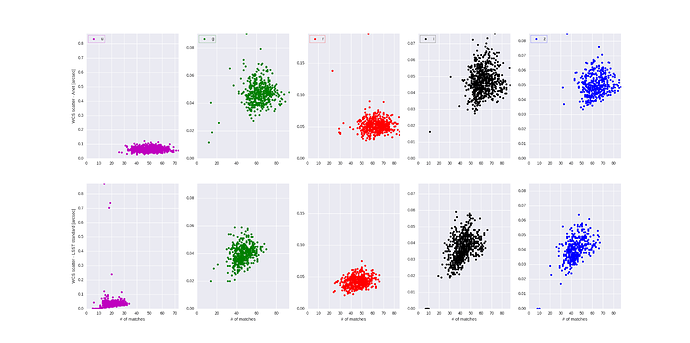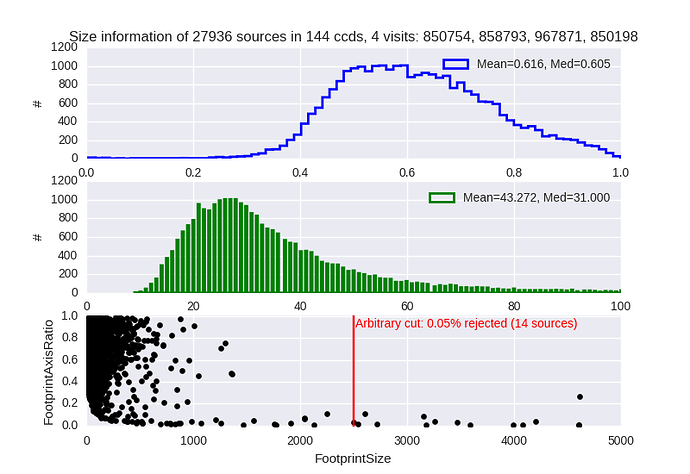I am opening this topic following a discussion in Belgrade with @mjuric @RHL @PierreAstier and @merlin
While processCcd is happily running on most of the exposures, it remains a few problematic cases where it fails (at least on CFHT images).
From my experience I have seen the following cases:
- Astrometry is not converging - This results in a FATAL error and the calexp is not produced for the problematic CCD. In these cases the standard astrometry may fail and aNet may succeed, it can be the opposite, or both can fail.
- Astrometry is converging but the Astrometric scatter is crazy (very small or way too large). Same as before, standard may fail, aNet may fail, or both. In these cases, there is no warning printed out saying that the result is suspicious.
- Astrometry is converging but the WCS computed from the tanSIP fitter is crazy. This one is particularly annoying as there is no error message printed out.
- Photometric calibration fails because there is not enough sources selected as good stars. This is apparently related to a problem in the PSF determination.
Together with @nchotard and Philippe Gris, we will post plots to explain the problems and condition to reproduce them.
